This is why dogs chase their tails: the phenomenon always points to a problem
Published: 2025. 05. 05 - Photos: Getty Images Hungary • 4 minutes reading

Published: 2025. 05. 05 - Photos: Getty Images Hungary • 4 minutes reading
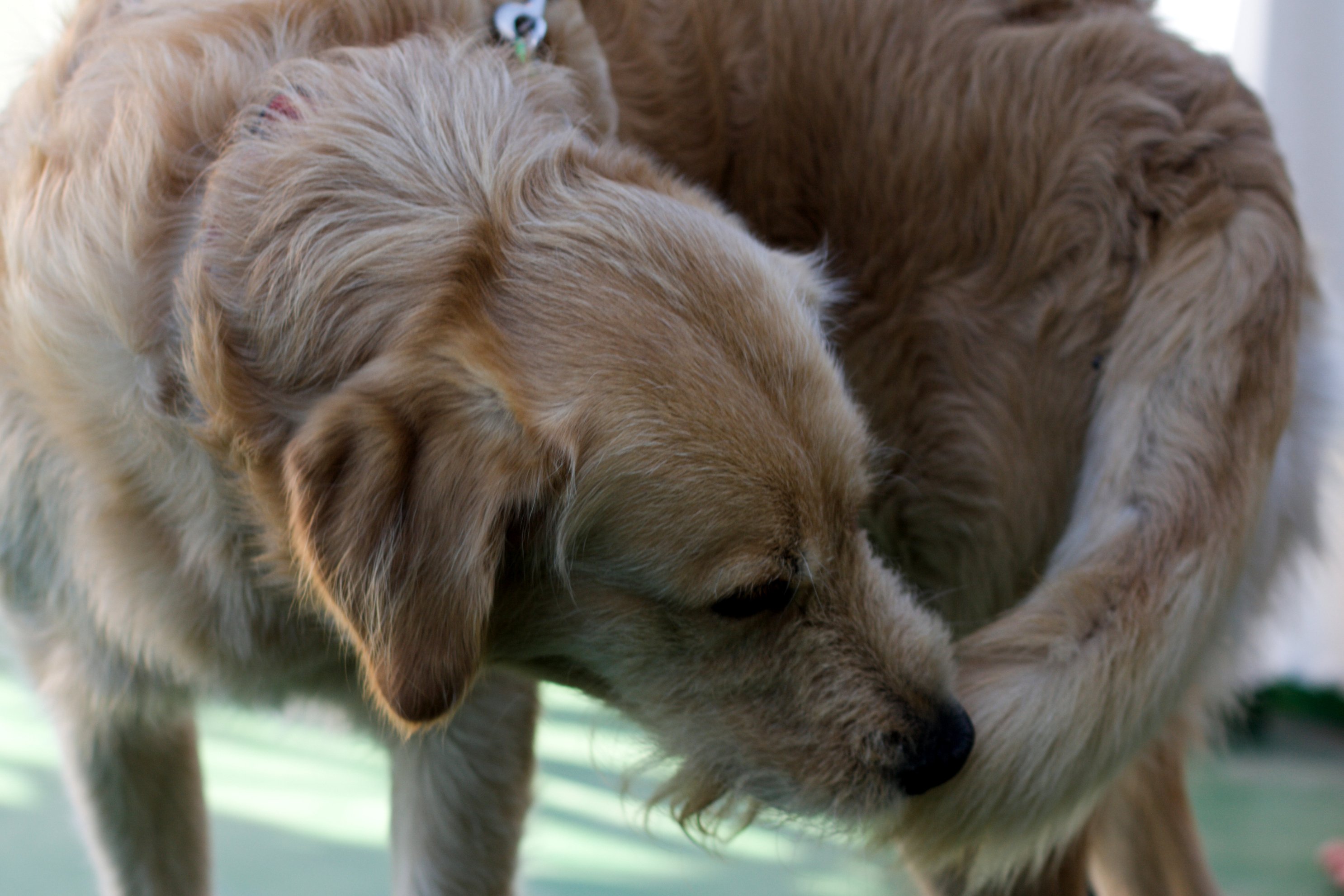
As an owner, you’ve surely already encountered that phenomenon, which seems silly at first, when your pet or perhaps someone else's dog chases their own tail. As funny as it may seem to us, it must be taken seriously!
Dogs who are left alone for a long time can get bored. Some get tired of lying on the sofa staring at the four walls. Even the garden can become boring if the owner is away a lot and the dog receives little stimulation. So what do our four-legged companions do to entertain themselves or release the accumulated energy? They start chasing their tails round and round.
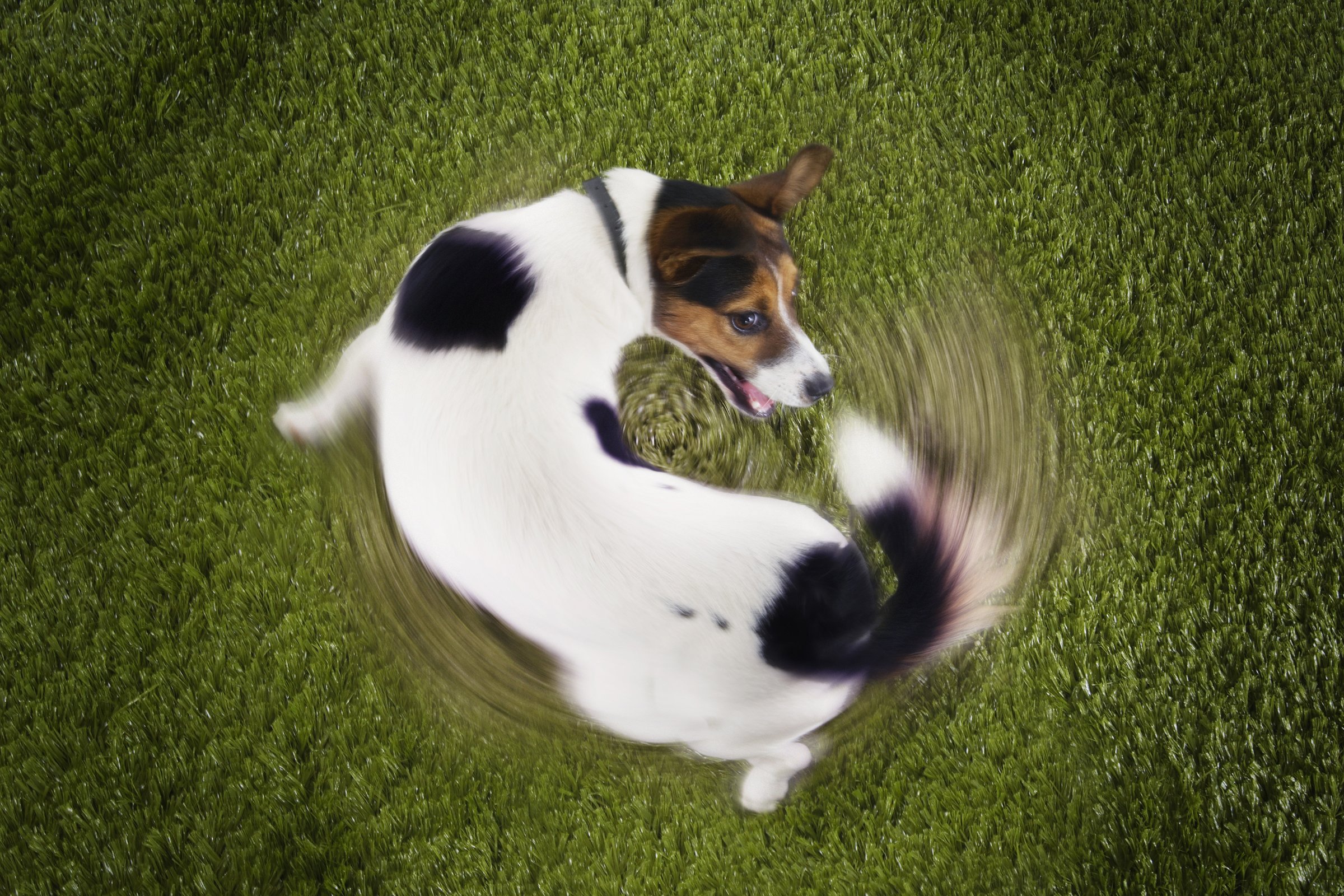 The lack of physical movement and mental activity can also be causes of tail chasing
The lack of physical movement and mental activity can also be causes of tail chasing
This activity means both physical exertion and entertainment at the same time. If owners tire out their dog companions with more aerobic movement, for example by throwing them a ball or taking them for a walk, tail chasing may even completely cease. Most dogs would rather chase a ball than their own tail. Beyond these, we can also prepare food puzzles and scent games for them, which primarily target the mind.
If you catch yourself laughing or surrounding the dog with attention when they chase their tail, as a result they may learn that this is something that’s interesting and brings joy to you, and they will want to repeat it. If the behaviour is followed by positive reinforcement, the dog quickly learns that they get attention if they start chasing their tail. Unfortunately, dogs who seek negative attention may also respond. Even scolding counts as attention for them, thus this can also reinforce the behaviour. Naturally, this type of tail chasing is also treatable, and the key is exactly the opposite of what we would instinctively do: we must ignore the dog while they are chasing their tail, and praise them when they stop.
At the two ends of the dog's life cycle, it often happens that they chew on their tail. Puppies discover their body and view their tail as a toy rather than as a body part. This behaviour is usually temporary and doesn’t require intervention. In the case of older dogs, however, tail chewing may indicate reduced awareness. As their mental abilities decline, repetitive behaviours may appear. This mental change can also be a sign of cognitive disorder, which in some cases may require behavioural therapy or medicinal treatment.
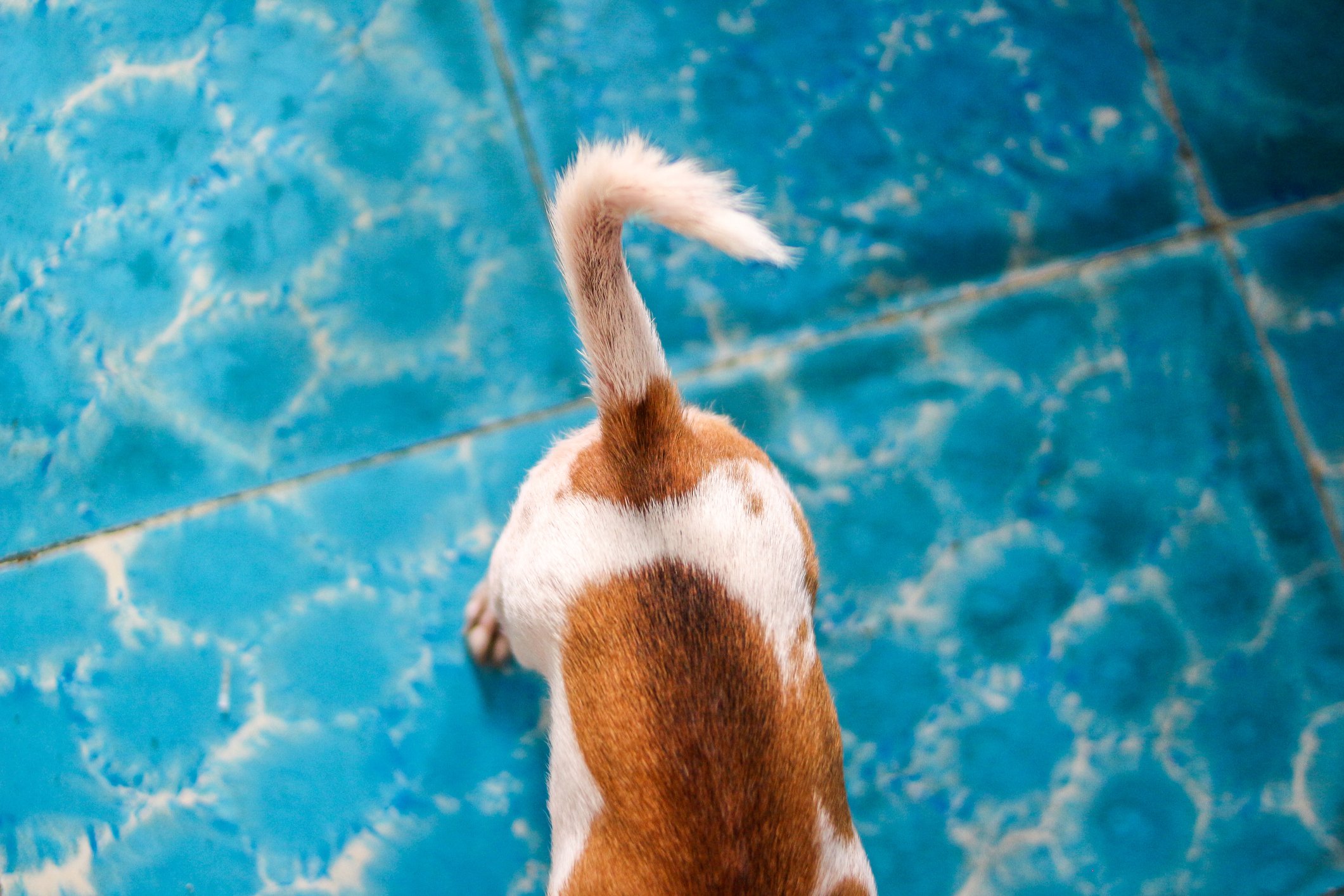 Puppies may view their tail as a toy rather than a body part
Puppies may view their tail as a toy rather than a body part
If the dog suddenly starts chasing or biting their tail, it’s worth turning to a vet. Our furry friends chew painful body parts in the same way people rub a sore knee. For example, if their tail gets caught in a closing door or gets injured by a sharp object, the dog may try to relieve the pain through chewing. Additionally, neurological problems can also trigger tail chewing, such as if the tail starts to go numb or tingle. Furthermore, the phenomenon can also be caused by intestinal parasites or inflammation of the anal glands.
Some dogs, similarly to people, may suffer from obsessive-compulsive disorder, which can manifest as tail chasing. A dog suffering from separation anxiety may chase their tail in the same way a nervous person bites their nails. Other dogs may begin this activity in an excited state, for example at the sight of a guest, animal, or bird. They may learn that tail biting is calming for them, so unfortunately they may continue it even after an injury. However, it can also help a lot if we observe our pet and begin a distraction manoeuvre in time.
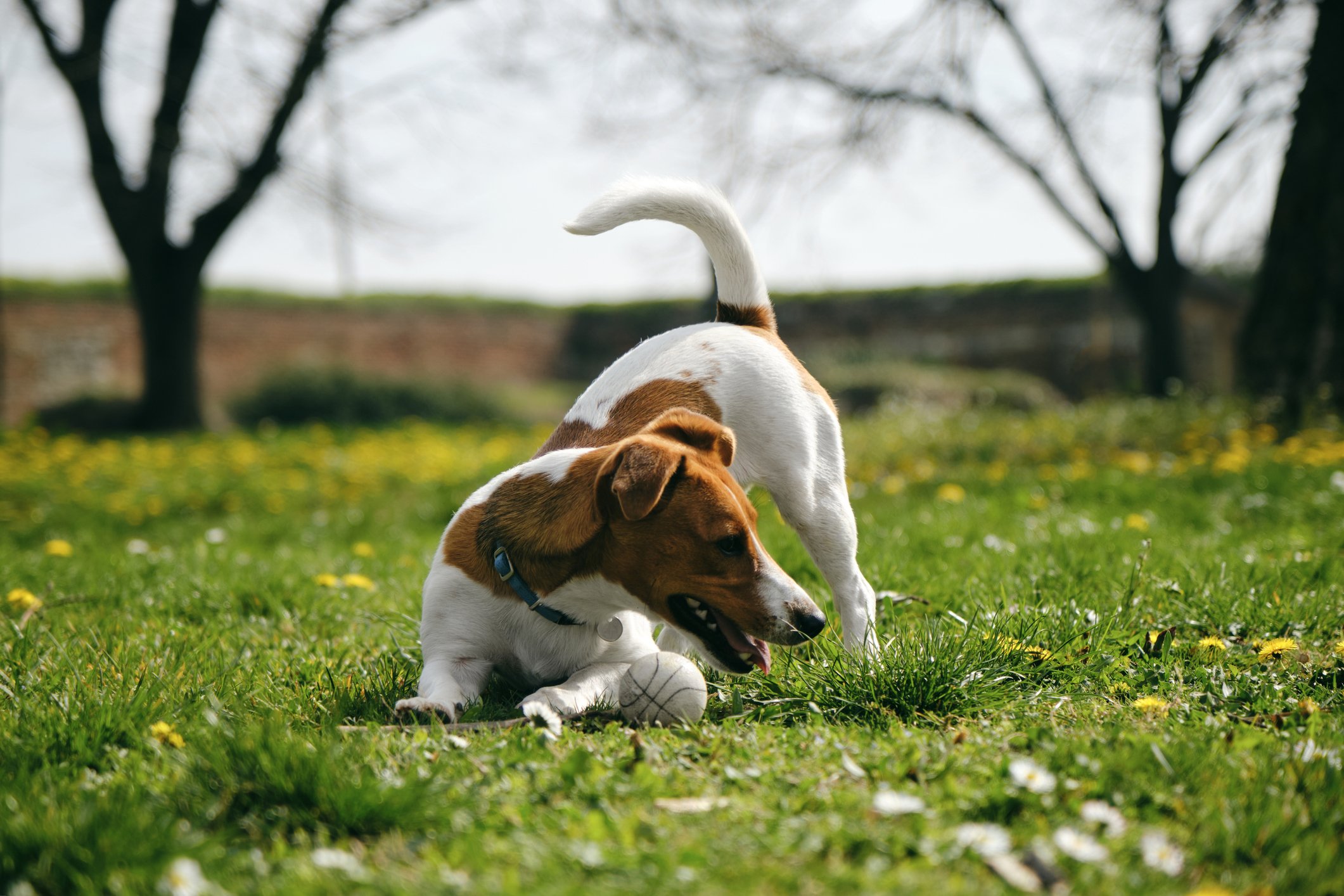 Tail chasing and chewing can also become compulsive behaviour
Tail chasing and chewing can also become compulsive behaviour
If our dog chases their tail more and more frequently, or even injures it, we must definitely consult a vet who can identify any possible underlying medical or behavioural problems, for which they can suggest treatment. Uncovering the root of the problem is the fastest path to the solution, and helps prevent tail chasing from becoming a fixed habit.
Follow us!
facebook instagram youtube spotifyRelated articles
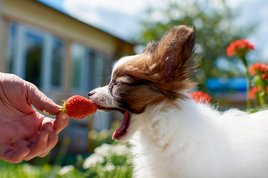
These summer fruits are safe for your dog
Health • 3 minutes
How to keep your dog safe outdoors during the cold winter
Care • 5 minutes
Is your dog's paw slipping too often on the floor? Here's what you can do to help
Care • 3 minutes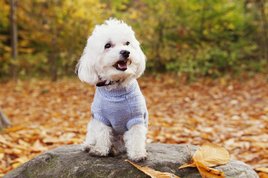
As the temperature drops, your dog's skin becomes more sensitive: how to care for it properly
Care • 3 minutes